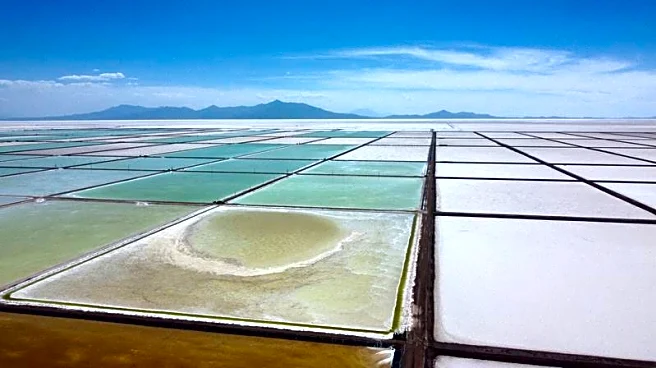Argentina, officially the Argentine Republic, is a country in the southern half of South America. It covers an area of 2,780,085 km2, making it the second-largest country in South America after Brazil,
and the eighth-largest country in the world. Argentina shares the bulk of the Southern Cone with Chile to the west, and is also bordered by Bolivia and Paraguay to the north, Brazil to the northeast, Uruguay and the South Atlantic Ocean to the east, and the Drake Passage to the south. Argentina is a federal state subdivided into twenty-three provinces, and one autonomous city, which is the federal capital and largest city of the nation, Buenos Aires.
When the Name Took Hold: First Mentions of Argentina
The description of the region by the word Argentina has been found on a Venetian map in 1536. In English, the name Argentina comes from the Spanish language; however, the naming itself is not Spanish, but Italian. Argentina (masculine argentino) means in Italian '(made) of silver, silver coloured', derived from the Latin argentum for silver. The name Argentina was probably first given by the Venetian and Genoese navigators, such as Giovanni Caboto.
Worlds Before Borders: Landscapes, Peoples, and Early Argentina
Evidence suggests that humans inhabited what is now Argentina as early as 21,000 years ago. In 2015, fossilised bones of a large, extinct armored mammal called Neosclerocalyptus were unearthed near Buenos Aires. These bones bore cut marks indicative of butchering with stone tools, implying human activity during the Last Glacial Maximum. Further south, the Piedra Museo site in Santa Cruz Province has yielded human remains and artifacts dating back approximately 11,000 years.
Trade Winds, Faiths, and Frontiers: Argentina in Empires and Networks
Europeans first arrived in the region with the 1502 voyage of Amerigo Vespucci. The Spanish navigators Juan Díaz de Solís and Sebastian Cabot visited the territory that is now Argentina in 1516 and 1526, respectively. In 1536 Pedro de Mendoza founded the small settlement of Buenos Aires, which was abandoned in 1541. The Spanish Empire subordinated the economic potential of the Argentine territory to the immediate wealth of the silver and gold mines in Bolivia and Peru.
From Subjects to Citizens: Uprisings, Charters, and Statehood in Argentina
The Argentine Declaration of Independence on July 9 of 1816 and the Argentine War of Independence (1810–1825) were followed by an extended civil war that lasted until 1880, culminating in the country's reorganization as a federation. The country thereafter enjoyed relative peace and stability, with several subsequent waves of European immigration, mainly of Italians and Spaniards, influencing its culture and demography.














